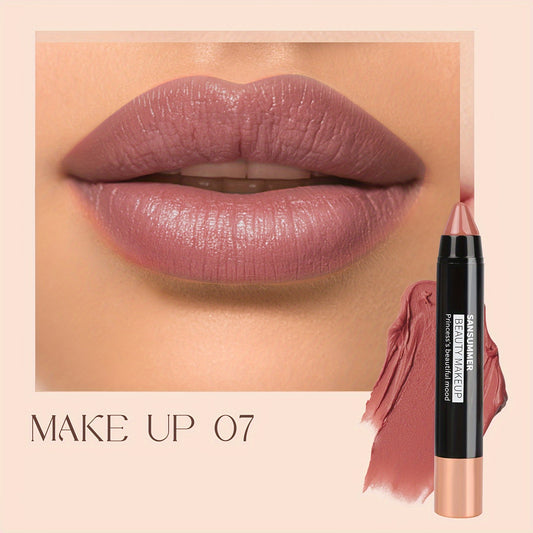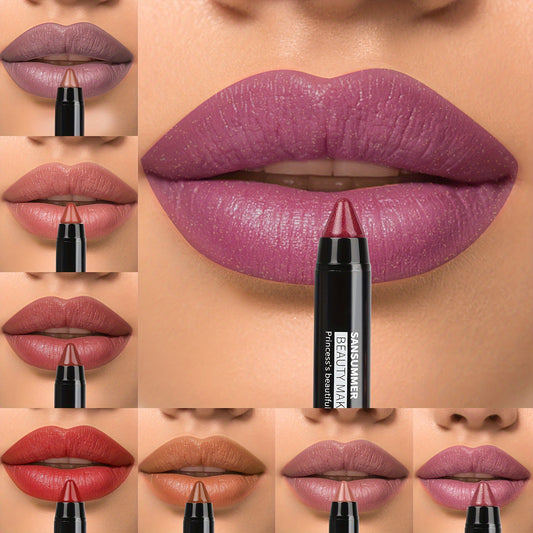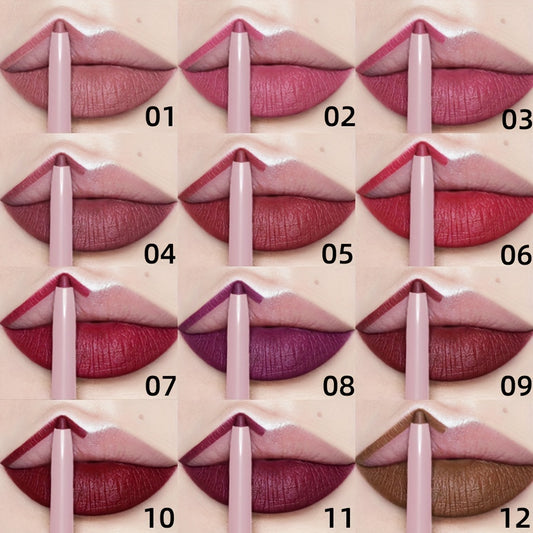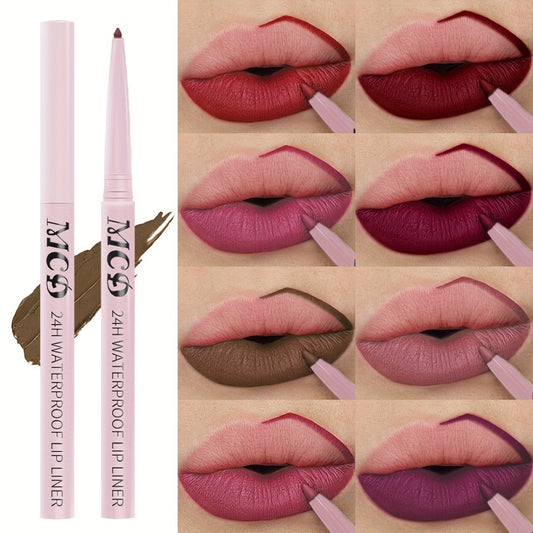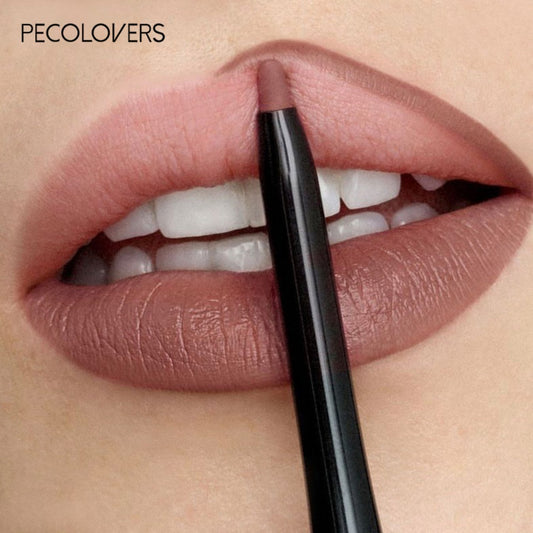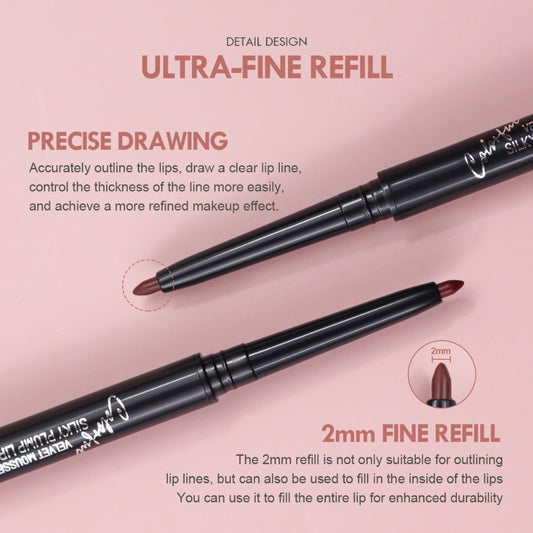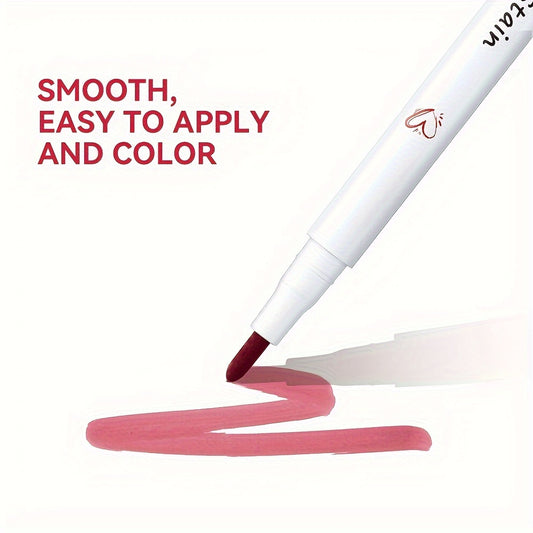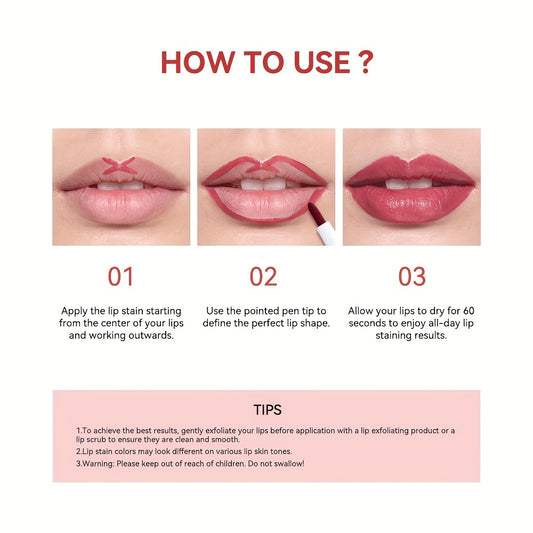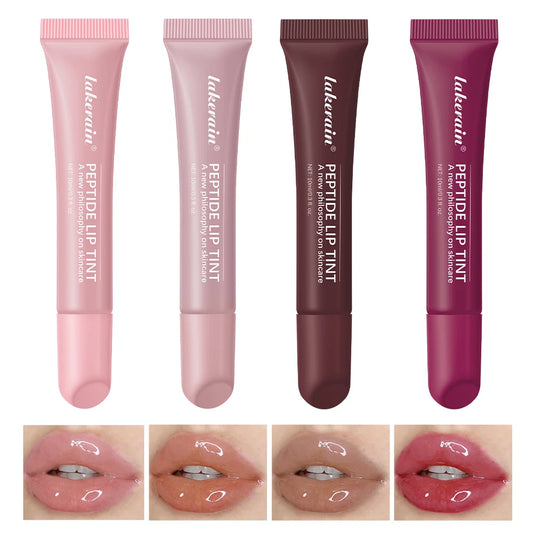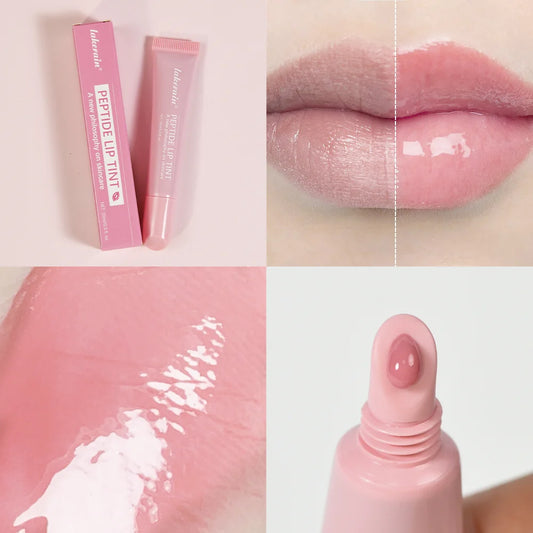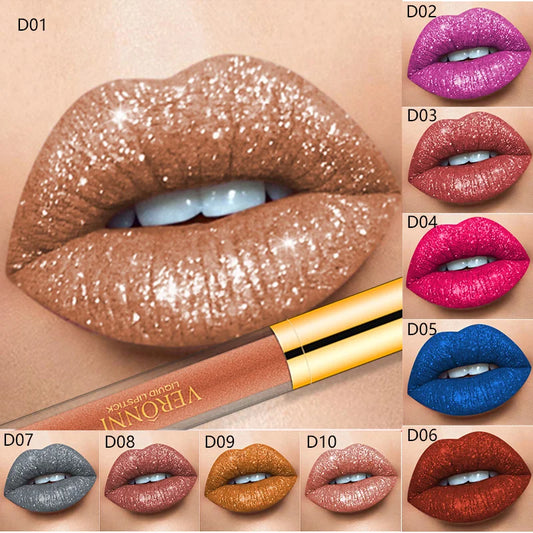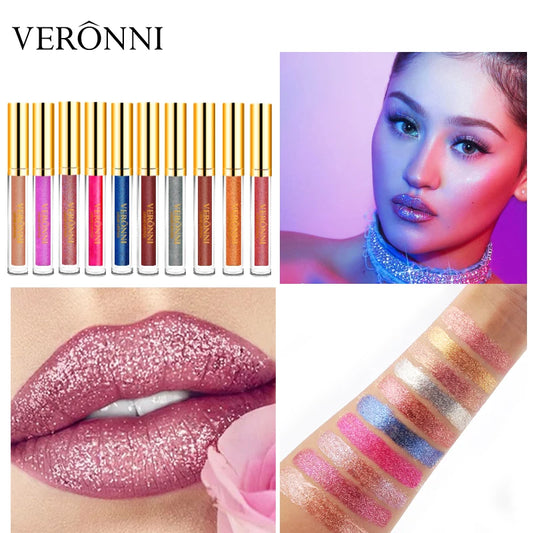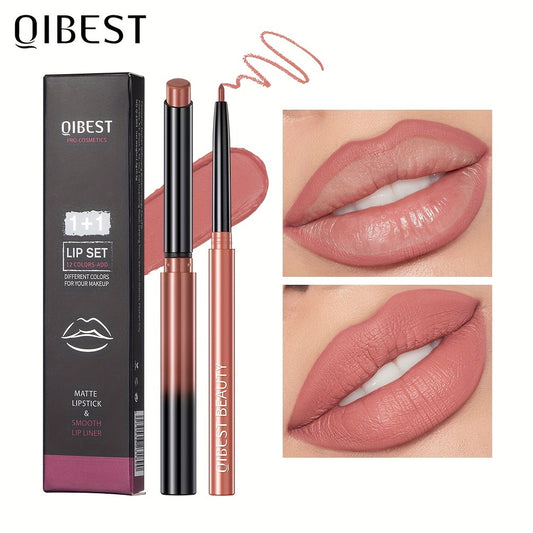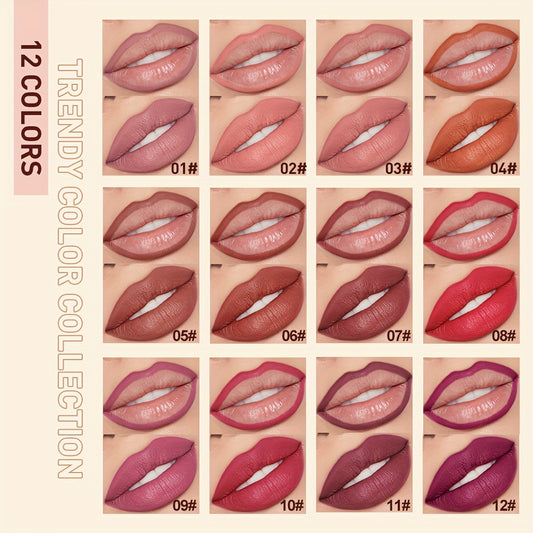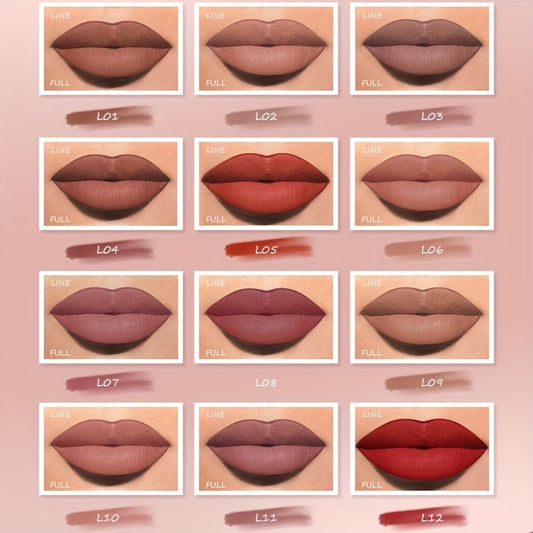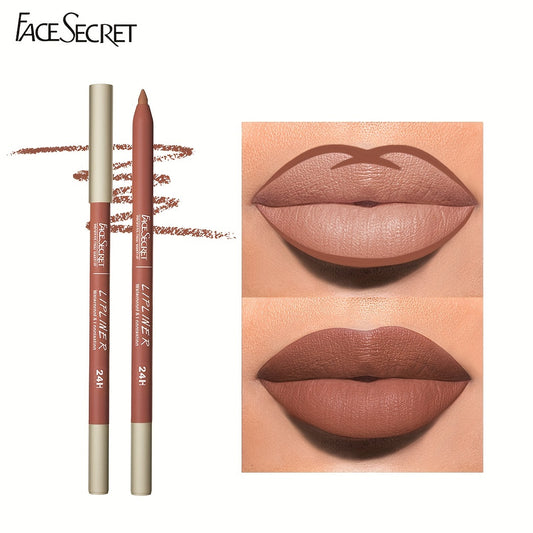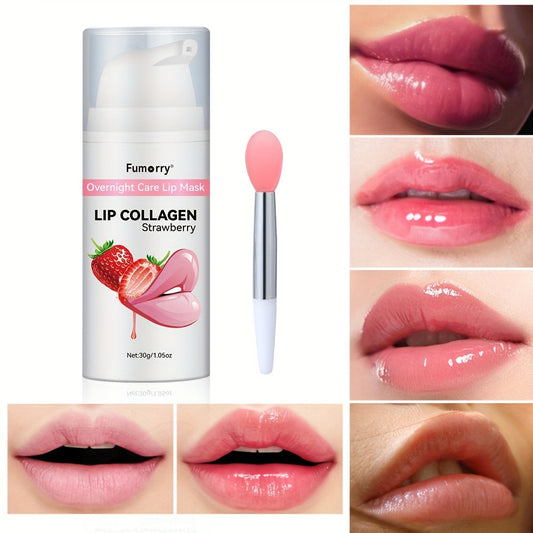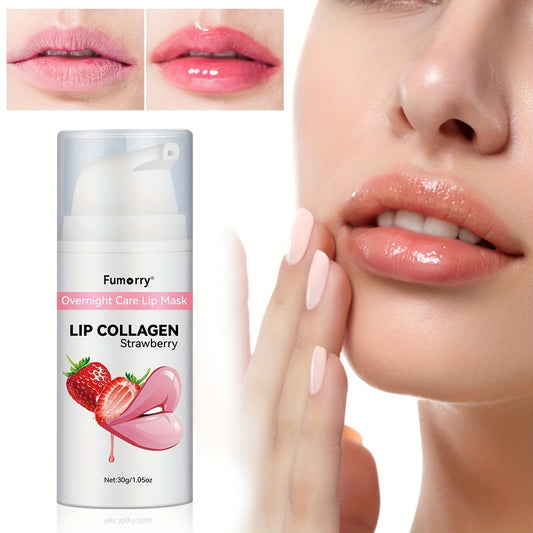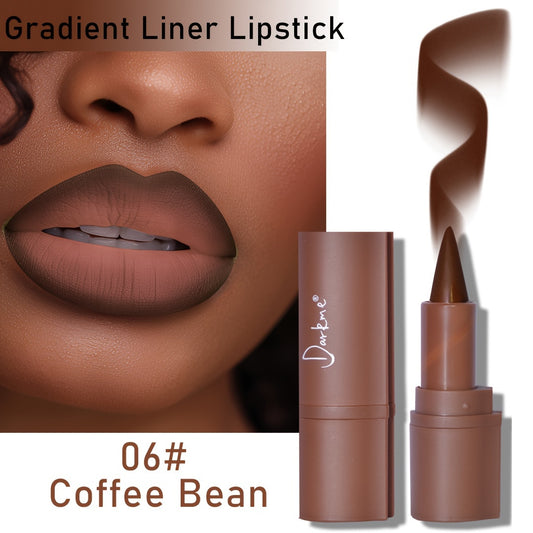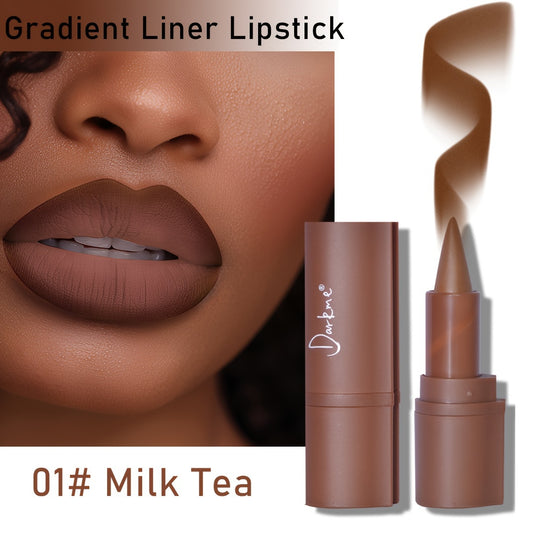The Ultimate Recipe of Lip Balm: Nourish Your Lips Naturally
Share
Cracked, chapped lips? No more! This blog post is your guide to creating luxurious and nourishing lip balms right in your own kitchen. We'll explore simple and easy-to-follow recipes using natural ingredients like shea butter, coconut oil, and cocoa butter. These DIY lip balms are not only incredibly moisturizing but also fun to make! Experience the joy of crafting personalized lip care that nourishes your lips and reflects your unique preferences. Making your own lip balm is a rewarding and easy DIY project that allows you to create customized and nourishing lip care. You can control the ingredients, ensuring that only natural and beneficial components touch your skin. This empowers you to create products that perfectly suit your individual needs and preferences. So, grab your ingredients, put on some music, and enjoy the process of crafting your own luxurious lip balms!
Key Takeaways
- Making your own lip balm is a simple and rewarding process that lets you control the ingredients.
- Natural ingredients like shea butter, coconut oil, and beeswax offer deep hydration and protection.
- You can customize your lip balm recipe with essential oils, herbs, or natural colorants.
- Experiment with different butters like mango or cocoa butter for unique textures and benefits.
- A good recipe of lip balm can heal and protect your lips better than many store-bought options.
Crafting Your Perfect Lip Balm Recipe

Making your own lip balm is a really satisfying project. It’s not complicated at all, and you get to control exactly what goes onto your lips. Forget those store-bought tubes with ingredients you can’t pronounce; we’re going all-natural here. You’ll be amazed at how simple it is to create something truly nourishing.
The Joy of DIY Lip Balms
There’s a special kind of happiness that comes from using something you made yourself. When your lips feel dry or chapped, reaching for a balm you crafted with care feels different. It’s a small act of self-care that connects you to the ingredients. Plus, you can make them in small batches, so they’re always fresh and ready when you need them. It’s a fun way to experiment with different textures and scents, making each batch a little bit unique.
Benefits of Homemade Lip Care
Why bother making your own lip balm? For starters, you know precisely what’s in it. No more mystery chemicals or artificial fragrances. You get to choose wholesome ingredients that genuinely benefit your lips. Think rich butters and nourishing oils. It’s also incredibly cost-effective in the long run. You can whip up a batch for a fraction of the price of a single designer balm. Plus, it’s a fantastic way to reduce plastic waste by reusing your containers. It’s a win-win for your lips and the planet.
Customizing Your Lip Balm Creations
This is where the real fun begins. Once you have a basic recipe, the possibilities for customization are endless. You can adjust the firmness by changing the amount of beeswax. Want something softer? Use less wax. Need it firmer for warmer weather? Add a bit more. You can also play with different oils and butters to get the exact feel and benefits you’re after. Adding a few drops of your favorite essential oils can also transform your balm into a sensory experience.
Here are some ideas for making your balm your own:
- Adjusting Ingredients: Swap out coconut oil for almond oil, or try adding a bit of cocoa butter for extra richness.
- Adding Scents: Experiment with natural scents from essential oils like peppermint for a tingle or lavender for calm.
- Coloring: A tiny pinch of beetroot powder can give a subtle pink hue.
- Texture: More beeswax means a firmer balm; more oil means a softer, more glide-on feel.
Essential Ingredients for Your Recipe of Lip Balm
When you start making your own lip balm, you quickly realize that the quality of your ingredients really matters. It's not just about slapping some stuff together; it's about picking things that actually do good for your lips. Think of it like cooking – you wouldn't use old, stale spices for a gourmet meal, right? Same idea here. The right butters, oils, and waxes create a balm that feels good, lasts, and truly helps your lips.
The Power of Shea Butter
Shea butter is a real powerhouse for lip care. It comes from the nuts of the African shea tree and is packed with vitamins A and E, plus fatty acids. This makes it super moisturizing and great for protecting your lips from drying out or getting chapped. It also has some anti-inflammatory qualities, which can be nice if your lips are feeling a bit irritated. It gives lip balms a nice, creamy texture without feeling too heavy.
Nourishing Coconut Oil
Coconut oil is another favorite for a reason. It's full of antioxidants and has properties that can help fight off tiny germs. This means it not only hydrates your lips but also helps keep them healthy. It adds a smooth glide to your balm and helps it spread easily. Plus, it smells pretty good on its own, though you can always add other scents.
Protective Beeswax Properties
Beeswax is what gives lip balm its structure. It's made by bees and forms a protective layer on your lips. This barrier helps lock in moisture and shields your lips from harsh weather, like cold wind or dry air. It also gives the balm a bit of firmness, so it doesn't just melt away instantly. You can adjust how much beeswax you use to get the exact consistency you want.
Beneficial Cocoa Butter
Cocoa butter, made from cocoa beans, is fantastic for lip care. It's loaded with antioxidants and good fats that really moisturize and shield your lips from damage caused by the environment. It has a lovely, subtle chocolatey scent and adds a rich feel to your homemade balms. If you're looking for something to really soften and protect, cocoa butter is a great choice. It's a key ingredient in many recipes for a reason, providing that extra layer of protection and softness for your lips. You can find great recipes for Hyaluronic Acid Lip Balm that incorporate these beneficial butters and oils.
Choosing the right combination of these natural ingredients is key to creating a lip balm that not only feels good but also actively works to keep your lips healthy and soft. Don't be afraid to experiment a little to find what works best for you.
Simple Lip Balm Recipes to Nourish Lips
Ready to give your lips some serious TLC? Making your own lip balm is surprisingly easy and way more satisfying than you might think. Forget those store-bought tubes that often leave your lips feeling dry again in an hour. We're talking about creating something truly nourishing, right in your own kitchen. It’s a great way to know exactly what you’re putting on your skin, and honestly, it’s kind of fun to play around with different ingredients.
Classic Shea Butter Lip Balm
This is your go-to for everyday hydration. Shea butter is a powerhouse, packed with vitamins and fatty acids that really sink in to moisturize and protect. It’s like a comforting blanket for your lips, especially when they’re feeling a bit rough or chapped. Plus, it has a natural way of calming irritation.
- Shea Butter: Deeply moisturizes and shields against dryness.
- Coconut Oil: Adds hydration and has properties that help keep things clean.
- Beeswax: Provides a protective barrier and gives the balm its structure.
Recipe:
- 1 tablespoon shea butter
- 1 teaspoon coconut oil
- 1 teaspoon beeswax pellets
Instructions:
- Gently melt the shea butter, coconut oil, and beeswax together in a double boiler or a heatproof bowl set over a saucepan of simmering water.
- Stir until everything is smooth and fully combined.
- Carefully pour the mixture into clean lip balm containers.
- Let it cool and set completely at room temperature before capping and using.
This simple blend is a fantastic starting point. It’s effective, easy to make, and uses ingredients that are readily available.
Tropical Mango Butter Blend
Want to add a little vacation vibe to your lip care? Mango butter brings a lovely, silky feel and extra nourishment. It’s great for keeping lips soft and smooth, and it adds a subtle, pleasant scent. Combined with other good stuff, it makes for a truly delightful balm.
- Mango Butter: Offers rich moisture and a smooth texture.
- Shea Butter: For that deep conditioning effect.
- Sweet Almond Oil: Light and easily absorbed, adding a nice slip.
Recipe:
- 1 tablespoon shea butter
- 1 tablespoon mango butter
- 1 teaspoon sweet almond oil
- 1 teaspoon beeswax pellets
Instructions:
- Melt shea butter, mango butter, almond oil, and beeswax in a double boiler.
- Stir until completely liquid and blended.
- Pour into containers and allow to set.
Antioxidant Rich Baobab Oil Balm
If your lips need a serious boost, this one’s for you. Baobab oil is loaded with vitamins that help revitalize and protect your lips from everyday stresses. It works wonderfully with cocoa butter, which is also known for its protective qualities and rich feel. This balm is all about giving your lips a healthy glow and keeping them protected.
- Shea Butter: The base for deep hydration.
- Cocoa Butter: Provides antioxidant protection and a rich feel.
- Baobab Oil: Packed with vitamins for revitalization.
- Beeswax: To hold it all together.
Recipe:
- 1 tablespoon shea butter
- 1 teaspoon cocoa butter
- 1/2 teaspoon baobab oil
- 1 teaspoon beeswax pellets
Instructions:
- Combine shea butter, cocoa butter, baobab oil, and beeswax in a double boiler.
- Heat gently, stirring until all ingredients are melted and mixed.
- Pour into your lip balm tubes or pots.
- Let it cool and harden completely.
Soothing and Revitalizing Lip Balm Options
Sometimes your lips need a little extra TLC, something to calm them down or give them a bit of a pick-me-up. That's where these special blends come in. They use natural ingredients known for their calming and invigorating qualities, turning your everyday lip balm into a mini spa treatment.
Calming Lavender Infused Balm
This balm is like a gentle hug for your lips. Lavender is famous for its relaxing scent, but it also has properties that can help soothe irritation. It’s perfect for those evenings when you just want to unwind.
- Shea Butter: Provides deep moisture and protection.
- Coconut Oil: Adds hydration and has helpful antimicrobial qualities.
- Lavender Essential Oil: Known for its calming effects and pleasant aroma.
To make it, gently melt 1 tablespoon of shea butter with 1 teaspoon of coconut oil in a double boiler. Once smooth, remove from heat, let it cool a bit, and stir in 3 drops of lavender essential oil. Pour into your containers and let it set.
Energizing Peppermint Balm
Feeling a bit sluggish? This lip balm offers a refreshing tingle that can help wake up your senses. The peppermint provides a cool sensation that feels great, especially on a warm day or when you need a little boost.
- Shea Butter: For that essential moisture.
- Coconut Oil: Keeps lips hydrated and protected.
- Peppermint Essential Oil: Gives that signature invigorating tingle.
Follow the same melting process as the lavender balm, but substitute 3 drops of peppermint essential oil for the lavender. It’s a simple way to add a little zing to your day.
Healing Honey Lip Treatment
Honey is a natural wonder for lips. It's not just sweet; it's packed with goodness that can help heal dry, chapped lips and keep them soft. This balm is a fantastic way to give your lips some serious nourishment.
- Shea Butter: The base for deep moisturization.
- Coconut Oil: For added hydration and protection.
- Honey: A natural healer and humectant, drawing moisture to the lips.
Combine 1 tablespoon of shea butter and 1 tablespoon of coconut oil in your double boiler. Once melted, remove from heat. Stir in about 1 teaspoon of honey until well combined. Pour into containers and let it harden. This honey-infused balm is particularly good for lips that are feeling a bit rough or sore.
Making these specialized balms is quite straightforward. The key is in the gentle melting and careful addition of the essential oils or honey. Always ensure your containers are clean before pouring the liquid balm mixture. A little bit of care goes a long way in creating a product that truly benefits your lips.
Creating a Wax-Free Lip Balm Recipe
Wax-free lip balms are perfect for folks looking for vegan options, avoiding allergies, or just wanting a softer, glossier finish. By skipping wax, you create a soothing product that's still nourishing and easy to make at home. If you've struggled to find a solid vegan balm, or don't like dealing with waxes, you'll want to try these ideas.
Herbal Infused Balm Without Beeswax
Instead of beeswax, you can rely on plant butters and oils. Here's a straightforward recipe:
- Melt 1 tablespoon shea butter and 1 tablespoon cocoa butter in a heat-proof bowl over hot water.
- Stir in 1.5 tablespoons sweet almond, jojoba, or coconut oil.
- Once melted, remove from heat and add a few drops of vitamin E oil and, if desired, a gentle essential oil like lavender.
- Pour into clean containers. Let set at room temperature.
This blend is gentle, soothing, and deeply hydrating. You can even throw in calendula or chamomile for extra comfort if your lips are feeling scratchy. For more flavor inspiration, check out this fruit-flavored lip balm that's packed with plant squalene and comes in fun forms—proof that plant-based balms work for everyone!
Understanding Wax-Free Consistency
Balm without wax will be:
- Softer: Feels more like a creamy salve than firm stick
- Glossier: Leaves a subtle, shiny finish
- Temperature Sensitive: Can melt if left in a warm car or your pocket
Here's a quick table to compare wax vs. wax-free options:
| Property | With Wax | Wax-Free |
|---|---|---|
| Texture | Firm, solid | Soft, creamy |
| Gloss | Low | High |
| Melting Point | High | Low |
| Ease of Use | Stick/tube | Jar/tin |
Keep your wax-free balm somewhere cool for best results. If it gets too soft, just pop it in the fridge for a bit and it'll be good as new.
Wax-free recipes might feel different at first, but once you experience the gentle hydration and simplicity, you might never go back to traditional sticks.
Achieving Optimal Lip Balm Texture
Getting your homemade lip balm to feel just right is all about the ratios. You want it to glide on smoothly without being too greasy, and it should hold its shape in the tin or tube. It's a bit of trial and error, but once you get it, you'll know.
Adjusting Balm Firmness
The firmness of your lip balm really comes down to the type and amount of wax you use, along with the hard butters. Beeswax is the classic choice for adding structure. If you want a firmer balm, especially for warmer climates, you might increase the beeswax slightly. On the flip side, if you prefer a softer, more melty feel, you can reduce the beeswax or opt for softer waxes like candelilla or carnauba, though these can be trickier to work with.
Here’s a general idea of how different ingredients affect firmness:
| Ingredient | Effect on Firmness | Notes |
|---|---|---|
| Beeswax | Increases | Most common, good structure |
| Shea Butter | Softens | Adds creaminess, can make it softer |
| Coconut Oil | Softens | Melts easily, contributes to a softer feel |
| Cocoa Butter | Firms | Adds a nice hardness and scent |
| Mango Butter | Softens | Similar to shea, adds a smooth feel |
Achieving a Smooth Application
A smooth application means the balm melts easily on contact with your lips and spreads evenly. This is usually achieved by having a good balance of oils and butters. Too much hard butter or wax can make it drag, while too much liquid oil might make it feel greasy or separate. Melting everything thoroughly in a double boiler and stirring well as it cools can help keep everything emulsified and smooth. Sometimes, adding a tiny bit of Vitamin E oil can also contribute to a smoother glide and adds a nice antioxidant boost.
The key is to find that sweet spot where the balm is solid enough to handle but melts beautifully on your lips for easy application. Don't be afraid to experiment with small batches to see what works best for your preferred feel. It's your balm, after all!
Here are a few tips for a great texture:
- Melt thoroughly: Make sure all your solid ingredients are fully melted before combining. This helps create a uniform mixture.
- Stir as it cools: Gentle stirring as the balm starts to set can prevent separation and create a smoother finish.
- Pour carefully: Pour the mixture into your containers while it's still liquid but not piping hot. This helps avoid air bubbles and ensures an even fill.
Enhancing Your Lip Balm Recipe
Once you've got the basics down, it's time to really make your lip balm your own. Adding a few extra touches can totally change the feel and benefits of your creation. Think of it like adding the perfect spice to a dish – it just makes everything better.
Incorporating Essential Oils
Essential oils are fantastic for adding scent and specific benefits. Just a few drops can make a big difference. For a calming effect, lavender is a great choice. If you want something refreshing, peppermint is the way to go. Just remember, a little goes a long way, and it's always a good idea to do a patch test first, especially if you have sensitive skin. Some oils can be quite potent.
Here are a few popular choices and their benefits:
- Peppermint Oil: Gives a cooling, tingly sensation and can make lips feel plumper.
- Lavender Oil: Known for its calming properties and pleasant floral scent.
- Tea Tree Oil: Has antimicrobial properties, good for keeping lips healthy.
- Chamomile Oil: Offers soothing and anti-inflammatory benefits.
Adding Natural Colorants
Want a hint of color? You don't need artificial dyes. Natural colorants can give your lip balm a lovely tint. Beetroot powder is a popular option for a pinkish hue, while cocoa powder can add a subtle brown shade. For a warmer tone, alkanet root powder works wonders. You can experiment with small amounts to achieve your desired color intensity. It's amazing how a little powder can transform the look of your balm, giving it a beautiful tinted finish.
| Colorant | Hue |
|---|---|
| Beetroot Powder | Pink/Red |
| Cocoa Powder | Brown |
| Alkanet Root | Red/Purple |
Infusing with Beneficial Herbs
Another way to boost your lip balm is by infusing it with herbs. This process involves steeping dried herbs in your oils before you make the balm. It’s a bit more involved but totally worth it for the extra goodness. Calendula is wonderful for its healing properties, and chamomile can add extra soothing power. You'll want to use dried herbs for this, as fresh ones can introduce too much water, which isn't ideal for shelf life. Gently heat your carrier oils with the herbs, let them sit for a while to let the properties transfer, then strain them before proceeding with your balm recipe.
Making your own lip balm allows for so much creativity. You can mix and match ingredients and scents to create something truly unique that perfectly suits your lips' needs.
Want to make your lip balm even better? You can add special ingredients to make it extra moisturizing and soothing. Discover how to create the perfect lip balm by visiting our website for tips and tricks!
Your Lips Will Thank You
So there you have it! Making your own lip balm is actually pretty straightforward, and honestly, it's kind of fun. You get to pick exactly what goes onto your lips, steering clear of all those weird chemicals you can't pronounce. Plus, you can totally mix and match ingredients to make something that feels just right for you. Whether you're dealing with dry, cracked lips or just want to keep things smooth, these recipes are a great way to go. Give it a shot – your lips will feel the difference, and you'll feel pretty good about making something so nice yourself.
Frequently Asked Questions
What are the main ingredients in most homemade lip balms?
Most homemade lip balms use a mix of moisturizing butters like shea or cocoa butter, nourishing oils such as coconut or almond oil, and beeswax to give it a solid form. These ingredients work together to keep your lips soft and protected.
Can I make lip balm without beeswax?
Yes, you can definitely make lip balm without beeswax! You can use other waxes like candelilla or soy wax if you want a vegan option, or create a softer, more balm-like consistency by using more butters and oils and less or no wax at all. It might be a bit softer, especially in warm weather, but still very moisturizing.
How do I make my lip balm firmer or softer?
To make your lip balm firmer, add a little more beeswax. If you want it softer and more spreadable, use less beeswax or add a bit more liquid oil like almond or jojoba oil. It's all about finding that perfect balance for your preference.
Can I add scents or colors to my homemade lip balm?
Absolutely! You can add a few drops of essential oils like peppermint or lavender for a nice scent and added benefits. For color, a tiny pinch of natural powders like beetroot powder or cocoa powder can give your balm a lovely tint. Just make sure to use skin-safe ingredients.
Why is my homemade lip balm not setting properly?
If your lip balm isn't setting, it might be because the ratio of ingredients is off, or the temperature was too high when you poured it. Make sure you're using enough beeswax for the amount of oils and butters. Letting it cool down a bit before pouring into containers can also help it set better.
How long does homemade lip balm usually last?
When made with good quality ingredients and stored properly in a cool, dry place, homemade lip balm can last for about a year. Always check for any changes in smell or texture, which might mean it's time to make a fresh batch.

